Ray Yoshida's Home and Studio, Chicago, IL
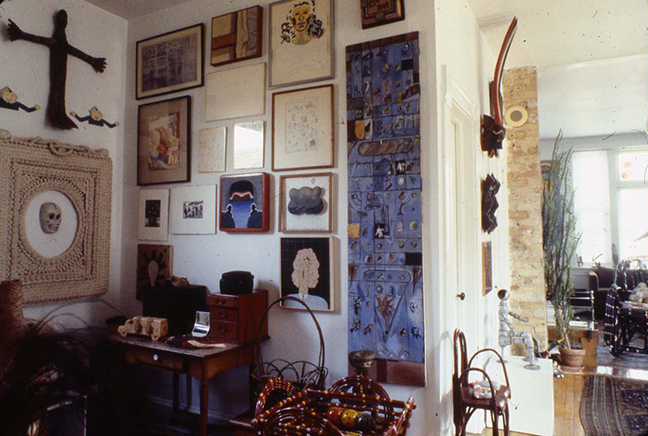
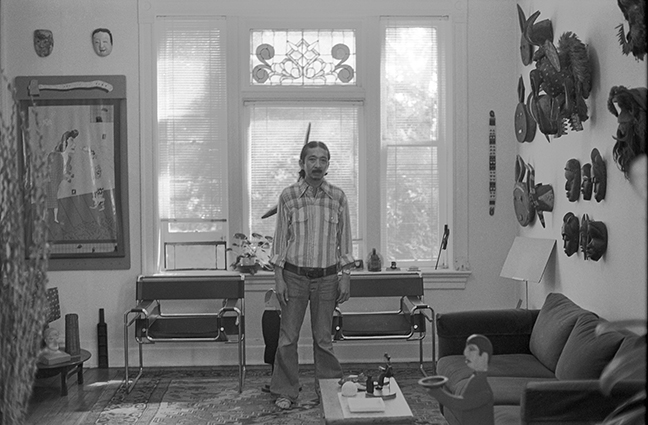
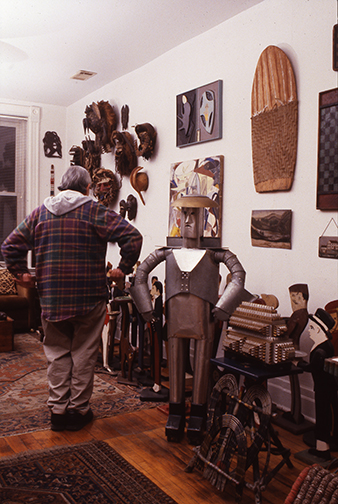
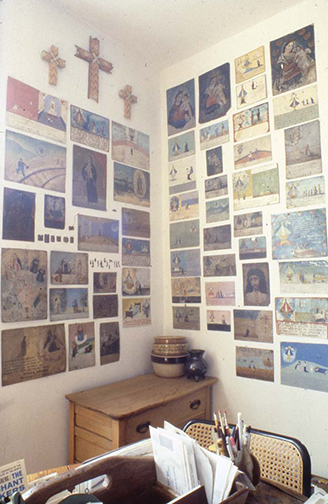
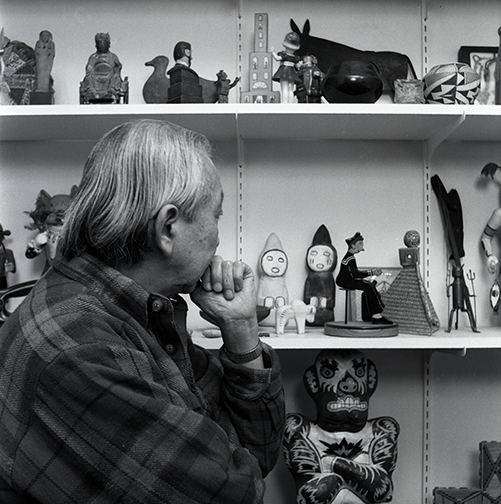
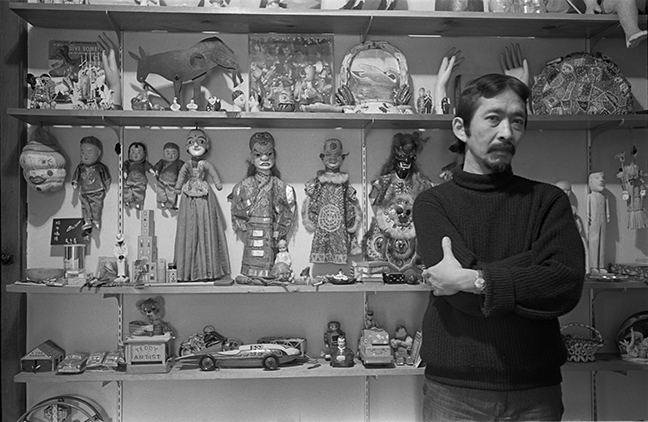
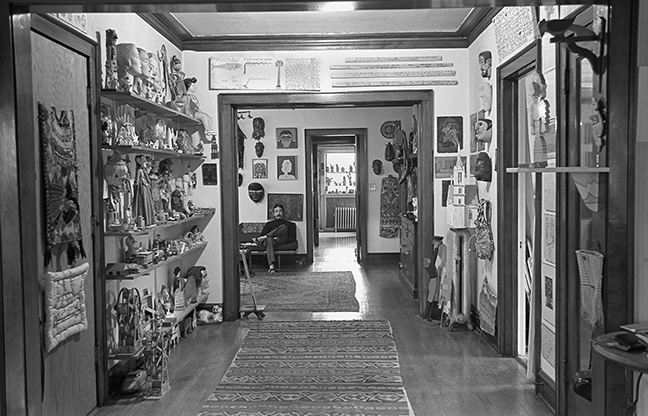
The Site
Over his lifetime, Ray Yoshida assembled an expansive and kaleidoscopic collection, ranging from works of art by self-taught artists and esteemed colleagues to souvenirs and whirligigs, from the pop-culture treasures of Chicago’s Maxwell Street Market to ritual masks of New Guinea. Yoshida’s process of discovering and collecting these objects and images not only engendered his own tactile awareness of his surroundings, but it also inspired generations of Chicago artists to find their own meaningful connections to the material world around them.
His apartment was a lived-in art environment that elevated vernacular aesthetics, commingling fine art with the broader visual culture. Through the presentation of his collection, Yoshida offered a new way of looking at and valuing objects and works of art, even if they had yet to be valued by the larger art community.
Many of these objects’ qualities found their way directly into his work. His collection was a constant source of inspiration, philosophically and aesthetically. After his death, the Arts Center acquired his home collection, and dozens of examples of his work, through the Kohler Foundation, Inc.
Ray Yoshida
1930–2009
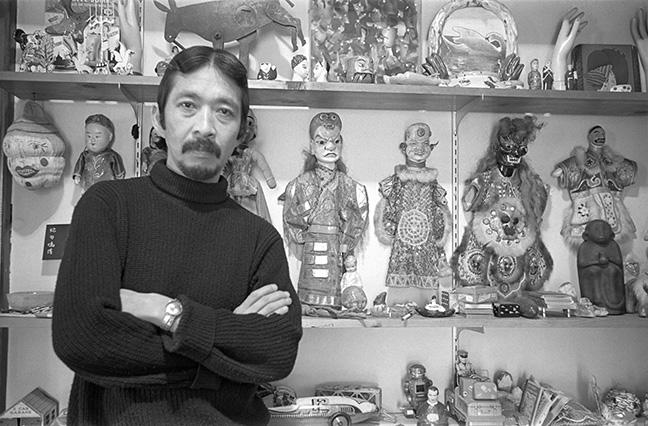
Raymond Kakuo Yoshida was born in 1930 in Kapa‘a, Hawaii, on the island of Kauai, to a family of Japanese descent. After serving in the military during the Korean War, he earned a BFA from the School of the Art Institute of Chicago (SAIC) and an MFA from Syracuse University. In 1959 he began a teaching career at SAIC that spanned four decades and reverberated far beyond the Chicago art community, and he became among the most pivotal voices on the Chicago art scene until his death in 2009.
Yoshida was known for both his paintings and his signature “comic collages.” Drawing on objects from his vast personal collection of vernacular imagery, tattoo flash sheets, commercial design, and art, his paintings featured hard-edged abstract forms arranged categorically or bodies and figures composed of aggregate shapes and colors. In the 1970s, he began cutting up comic strips, categorizing them by shapes and colors and creating collages and groupings. All of his work relied on his deep relationship with the collection of art he lived with, and constantly rearranged, in his apartment.
In 2012 the John Michael Kohler Arts Center acquired the majority of Yoshida’s home collection, amounting to just over twenty-six hundred works, including a number of paintings and works on paper by him.




